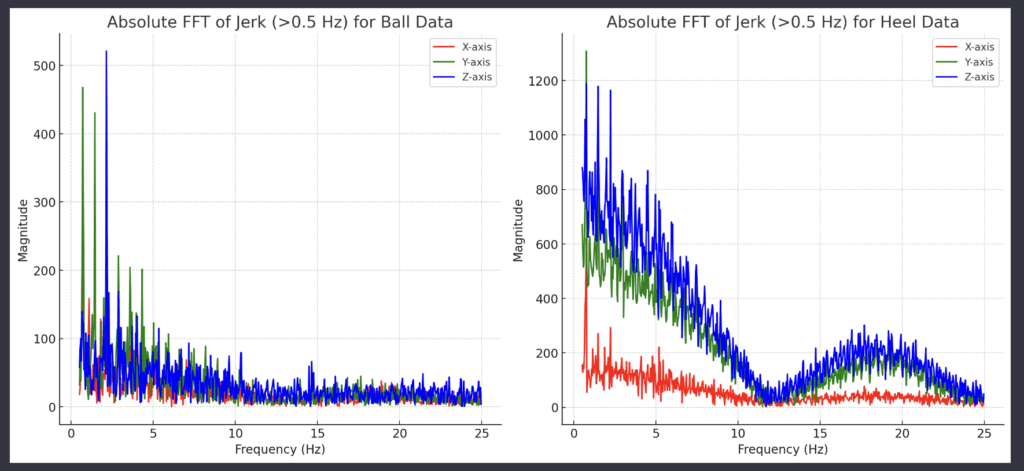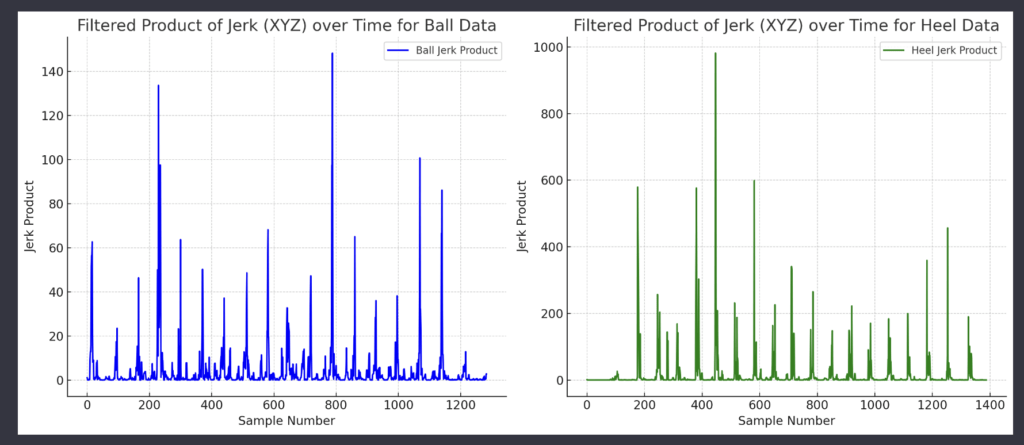There are multiple, conflicting descriptions of “normal” human gait. Describing gait in other animals is straightforward, as their movement patterns are finely honed stimulus/response patterns well integrated with their environment. Humans evolved a “meta” awareness that inhibits these feedback loops, facilitating complex manipulations of our surroundings. The cognitive gait mechanisms we inherited from our preceding ancestral species – our reflexes – are bounded by the intent of our meta-awareness. The classic example is that normal human gait is universally described while walking on flat surfaces, which were never present in our evolutionary progression and require a small subset of our automaticities to navigate.
A comprehensive description of human gait taking this into account, also encompassing all other animal gait patterns, requires stepping back from describing the specifics of animal locomotion patterns into the underlying qualities of the structural framework used for movement – our fascia. Fascia is a fractal 3-dimensional protein matrix self-similar across several orders of magnitude. It is generated and maintained by cells called Fibroclasts and Fibroblasts that tear it down and rebuild it based on local and system parameters. Local information includes mechanical stress and strain. It is understood that Fibroblasts utilize this stress/strain information within the 0-5Hz range. There is significant research in this area described as Fibroblast Mechanotransduction1. Vibrations >5Hz are likely dealt with as localized “trauma” and by densification of the fascial web, generating adhesions within the silky fabric of the connective tissue matrix. Using this reference, a comprehensive description of optimal human gait would be any gait pattern that, for a given unit of work, minimizes oscillations >5Hz.
The plots below describe two walking gaits covering the same distance in the same amount of time. A Fast Fourier Transform is run on the datasets showing the power spectra of the rate of change of acceleration (Jerk). The first dataset, “Ball”, is of a gait pattern engaging the lower leg and primarily weight bearing on the ball of the foot, a pattern we usually reserve for running or dancing. The second dataset, “Heel”, is a common walking gait pattern employing a strong heel strike. What is apparent in the plots is that it is possible to design our movement patterns to maximize mechanical activation within the 0-5Hz range, thereby feeding useful information into our connective tissue matrix for our continuing regeneration. Frequencies above 5Hz can be considered as shock energy not absorbed by the matrix (beyond the compressional/tensional end stops).
The Z axis is vertical (up); the sample rate is 50 Hz. (Nyquist=25 Hz.); and the acceleration data is collected at the top of the sternum.

The plots below use the same dataset as above but show the rate of change (derivative) of acceleration, or Jerk over time. From the plots, it is apparent that there is significant valuable information in these computationally simpler calculations. The Ball data Jerk values are ~1/8th the Heel values.

It is proposed here that a generalized comprehensive description of gait optimization would simply be that Jerk is minimized for a given unit of work. For this writer, there is no known term that describes the inverse of Jerk. This is an interesting term as it describes a fundamental quality of animal locomotion.
This word is proposed:
SPRIKE
a portmanteau of Springiness and Strike as a descriptor of this function of minimizing Jerk/Unit Work.
GAIT RESEARCH
It is hypothesized here that facilitating Sprike within movement patterns has a foundational effect on our regenerative potentials, leading to a lifelong enhancement of well-being. A study of this proposition is easily undertaken and has been initiated here:
MANUAL THERAPY STUDY
FEEDBACK FOR GAIT TRAINING
Sensing these acceleration dynamics can be developed into activity, age-appropriate, and disability-appropriate “coaching tools” for anyone looking to extend the scope of their movement capacities and facilitate their musculoskeletal regenerative potential.
There is also potential here for a novel form of holistic exercise or game having significant potential for enhancing our health and personal development by employing the above parameters.
I have a rudimentary open-source iPhone app that provides haptic feedback for Jerk that is available from 3/1/24.
SPRIKE IPHONE APP
- This post discusses the mechanical sensing of the cells responsible for soft and dense tissue maintenance:
MECHANOTRANSDUCTION OF FIBROBLASTS AND OSTEOCLASTS ↩︎

